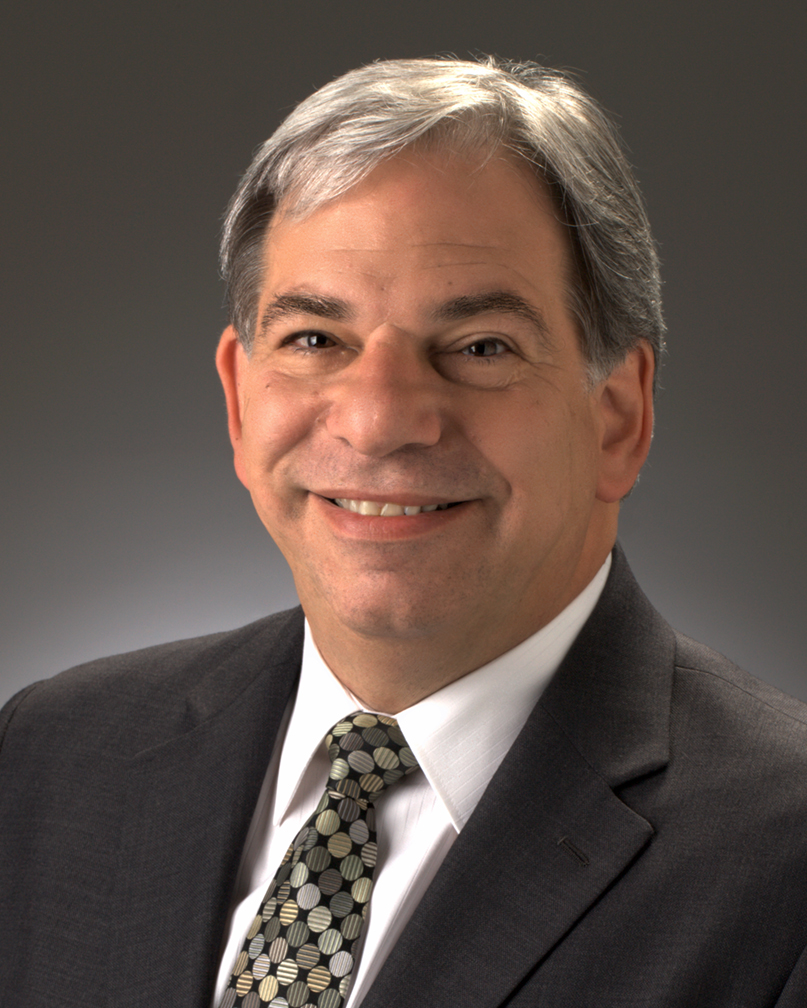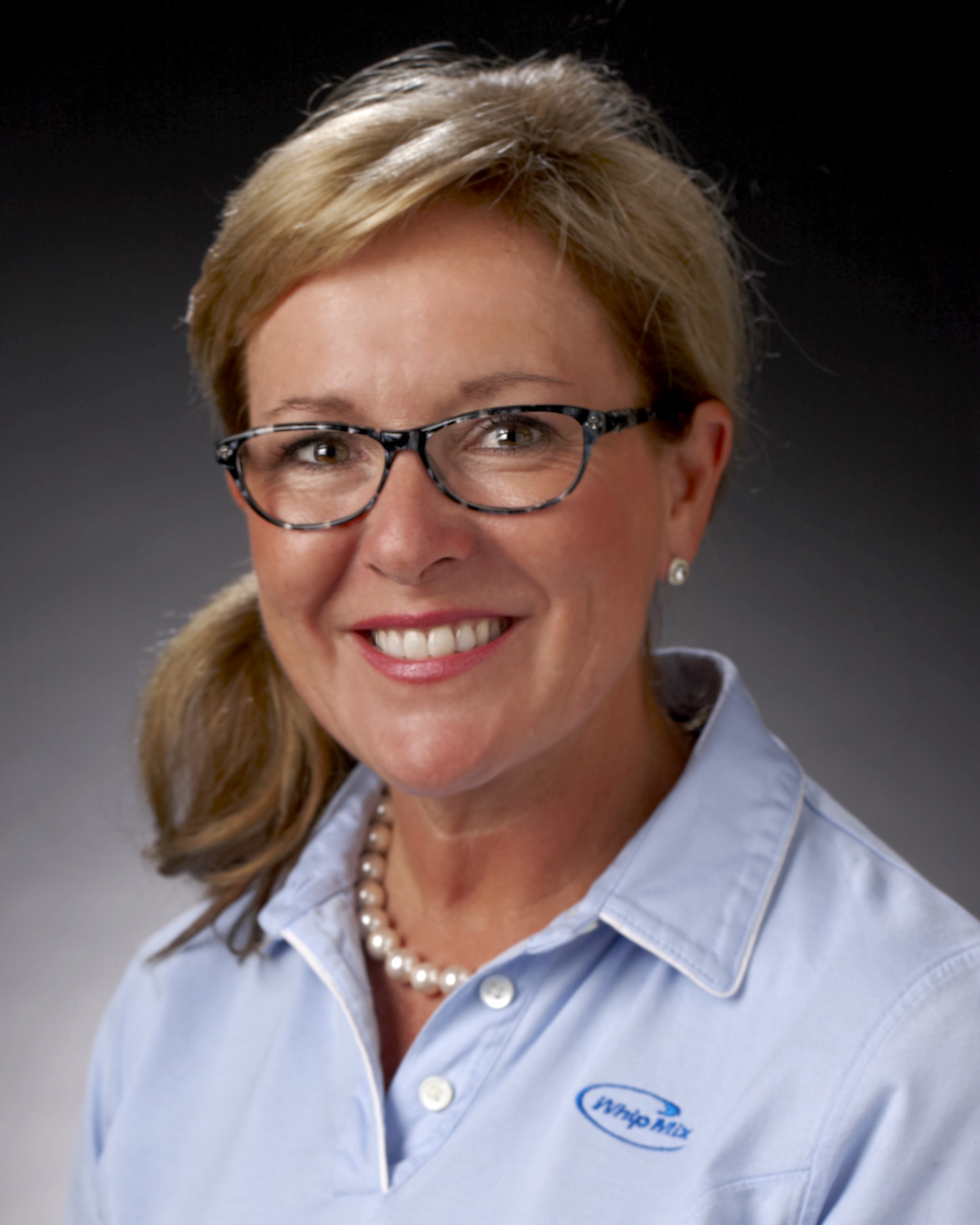Recently, the American Dental Association released a proposed policy statement on the role of dentistry in the treatment of sleep-related breathing disorders. While new and emerging research shows a connection between SRBD and bruxism, many dentists are hesitant to adapt screening for these issues in their practice. The ADA’s proposed policy statement supports dentists as they learn how they can and do play an essential role in caring for patients with sleep-related breathing disorders and how they are well positioned to identify patients at greater risk. In addition, the ADA emphasizes the importance of working with the medical community through a collaborative environment.
1. Dentists are encouraged to screen patients for Sleep-Related Breathing Disorders (SRBD).
The ADA is encouraging dentists to screen patients for SRBD as part of a comprehensive medical and dental history. By completing a comprehensive medical and dental history, dentists are able to recognize symptoms, like sleepiness, snoring or witnessed apneas, and evaluate risk factors, like obesity and hypertension. Any patient that shows symptoms or risk factors should be tested further, either with home sleep monitoring systems within the office or referred to the appropriate physicians.
2. Oral appliance therapy is an acceptable form of treatment.
While CPAP is the most common form of treatment for sleep apnea, oral appliance therapy is an appropriate treatment if the patient does not tolerate a CPAP. For patients with mild or moderate sleep apnea, a sleep appliance is a viable option and may be the first choice of the patient.
3. Dentists treating SRBD with oral appliance therapy should be able to recognize and manage potential side effects.
Studies have shown that oral appliances may take longer to show airway improvement and often causes some tooth movement. Dentists who provide oral appliance therapy to patients should monitor and adjust the Oral Appliance for treatment efficacy as needed or annually.
4. Dentists treating SRBD should continually update their knowledge and training.
Dental Sleep Medicine is a new and emerging topic in dentistry and as such new information and research is being done to improve patient care. New training is being developed that qualifies dentists as providers of sleep appliances.
5. Dentists should maintain regular communication with the patients referring physician.
Treating patients with SRBD is truly a partnership between the medical and dental communities. After the Oral Appliance is given to the patient, follow-up testing should be conducted to evaluate improvement or confirm treatment effectiveness with a copy of the results sent to the physician.
To view the complete proposed policy statement from the ADA, click here.











Leave a comment